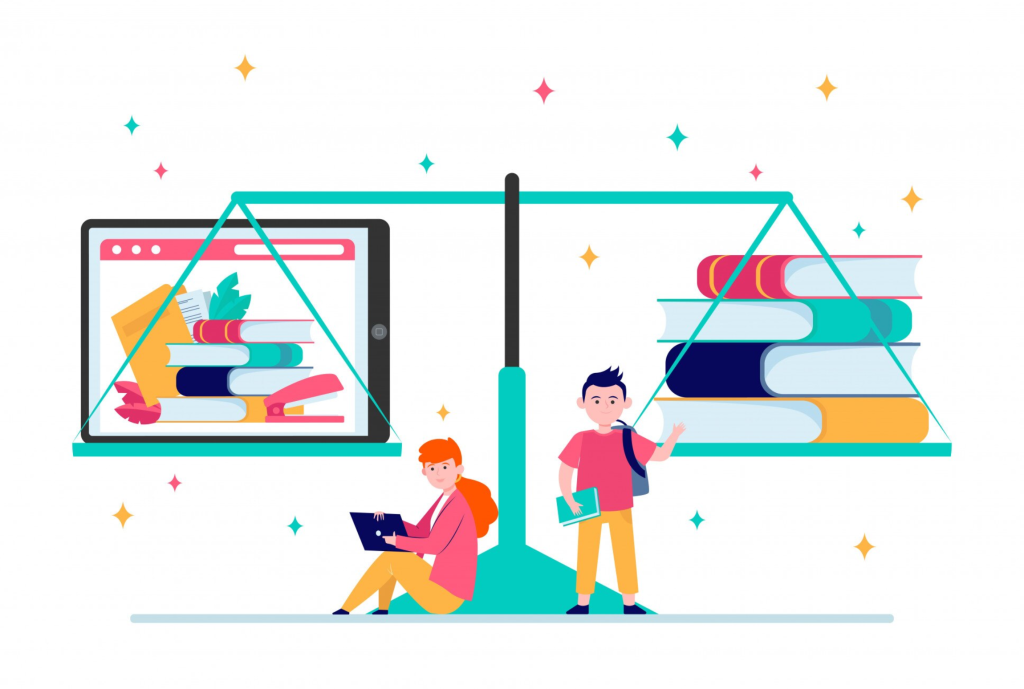In a world flooded with content—courses, podcasts, blog posts, social media tips—it’s easy to mistake processing information for learning it. You read a thread on cognitive bias, watch a video on leadership, or scan an article about productivity, and it feels like you’re learning.
But if you can’t explain the concept, apply it, or connect it to something else meaningfully a week later—did you really learn it?
The truth is, learning and processing are not the same. Processing is fast, passive, and superficial. Learning is slower, active, and requires deliberate effort. If we want real growth—personally or professionally—we need to get better at distinguishing between the two.

What Is Processing?
Processing refers to the initial exposure and handling of information. It’s what your brain does when it receives input—whether that’s reading, listening, watching, or skimming.
Examples of processing:
- Scrolling through articles on your lunch break
- Listening to a podcast while doing chores
- Watching a YouTube explainer on a topic you’re curious about
- Skimming through presentation slides before a meeting
Processing is necessary, but it’s only the first step. It helps you become aware of new concepts, but it doesn’t ensure you’ll remember or internalize them.
What Is Learning?
Learning happens when your brain moves information into long-term memory and builds connections with existing knowledge. It requires active engagement, practice, and often some level of struggle.
Signs you’ve actually learned something:
- You can explain it in your own words
- You can teach it to someone else
- You apply it in real situations
- You recognize when and why it matters
- You recall and use it weeks later
Learning reshapes your understanding, your behavior, and sometimes your identity. It transforms facts into usable insight.
Why the Confusion?
We confuse learning and processing because modern content is designed to feel like learning. Quick hits of information give us the illusion of competence—what researchers call the “fluency effect.” When something feels easy to understand in the moment, we assume we’ve learned it.
But fluency isn’t mastery. It’s just a smoother intake.
“If you’re not actively retrieving, testing, or applying the information, you’re probably just processing it.”
Key Differences: Learning vs. Processing
| Feature | Processing | Learning |
|---|---|---|
| Speed | Fast (scrolling, watching) | Slow (reflection, practice) |
| Effort level | Low (passive intake) | High (mental strain is common) |
| Retention | Short-term | Long-term |
| Engagement | Passive | Active |
| Outcome | Awareness | Application + Understanding |
| Feeling | Feels productive | Feels challenging (sometimes frustrating) |
Why This Matters for Personal Growth
If you’re serious about growing in your career, mindset, or creativity, knowing the difference between processing and learning can change everything. It helps you:
- Design better learning habits
- Avoid wasting time on shallow input
- Build confidence through real understanding
- Make smarter decisions based on what you truly know
- Avoid the burnout of “content overload” with little progress
How to Turn Processing Into Learning
The good news? You don’t have to ditch the podcasts or stop reading blogs. Instead, create deliberate follow-up actions that move you from awareness to mastery.
1. Pause and Reflect
After processing something interesting, ask:
- What did I just learn?
- How does it connect to what I already know?
- How could I explain this to someone else?
2. Test Yourself
Use retrieval practice to move knowledge into long-term memory.
- Try writing down what you remember without notes
- Create a mini-quiz or flashcards
- Use spaced repetition (tools like Anki or Quizlet)
3. Apply the Insight
The fastest way to learn something is to use it.
- Apply a concept to a current project
- Write a blog post or journal entry about it
- Teach it to a friend or coworker
4. Build a Learning System
Use tools like:
- Second-brain apps (Notion, Obsidian, Roam) to connect ideas
- Daily reviews of things you’ve read or watched
- A simple “Read → Reflect → Apply” habit loop
Even 10 extra minutes of reflection can transform an insight from temporary to transformational.
Final Thought: Don’t Confuse Movement With Progress
Consuming information feels productive—but it’s not the same as internalizing it. If you’re feeling stuck despite “learning all the time,” the problem isn’t your motivation—it’s your method.
The shift is simple: move from passive processing to active learning.
Because in the end, what you remember and use shapes your growth—not what you simply absorb.
References
- Harvard Business Review (2022) You’re Not Learning if You’re Not Reflecting. Available at: https://hbr.org/2022/11/youre-not-learning-if-youre-not-reflecting
- Psychology Today (2023) Processing vs. Learning: Why Confusing the Two Can Stall Growth. Available at: https://www.psychologytoday.com/us/articles/processing-vs-learning
- Mindset Works (2023) The Neuroscience Behind Learning That Sticks. Available at: https://www.mindsetworks.com/science/learning-sticks
- Make It Stick (Brown, Roediger, McDaniel, 2014) – The Science of Successful Learning






